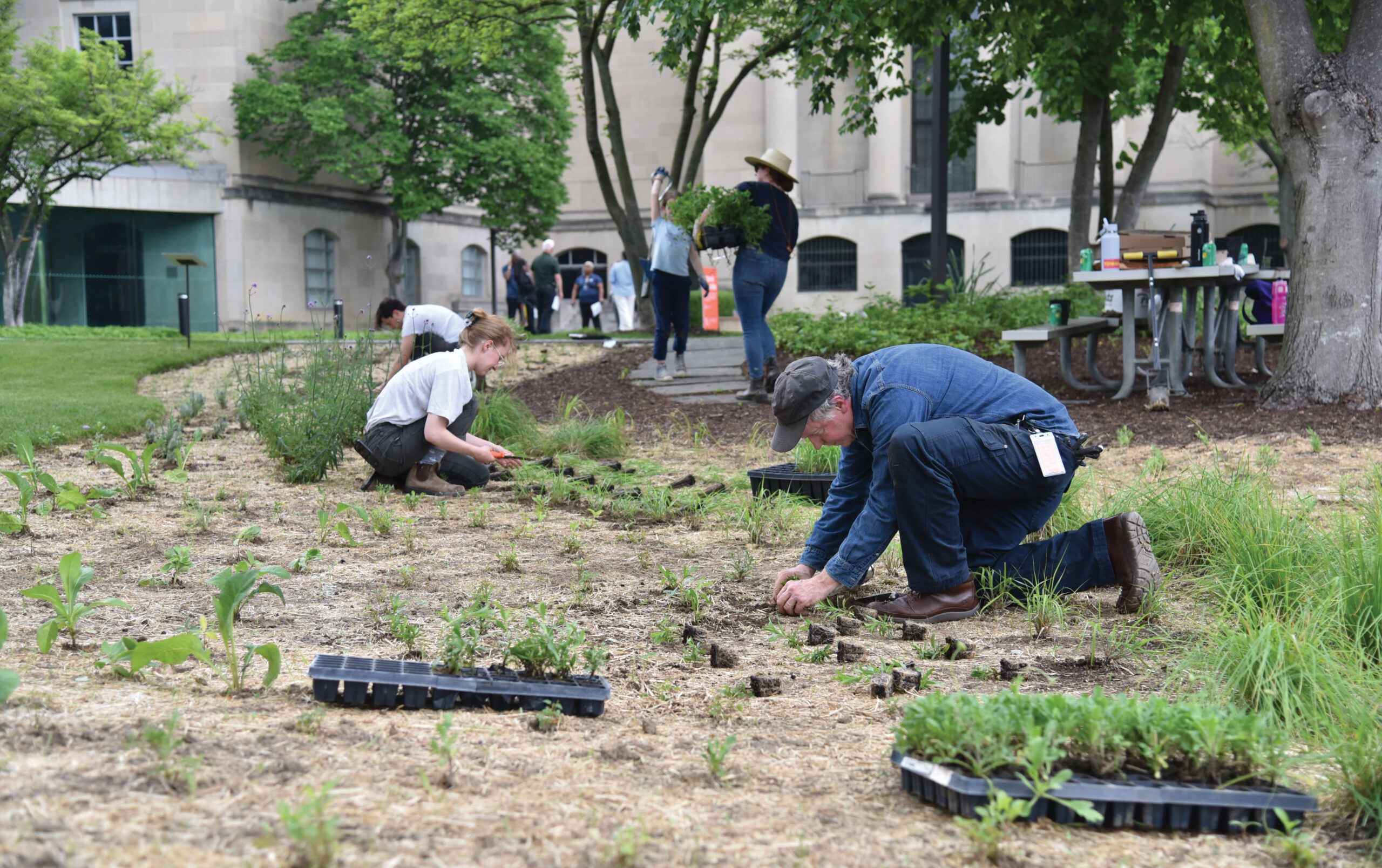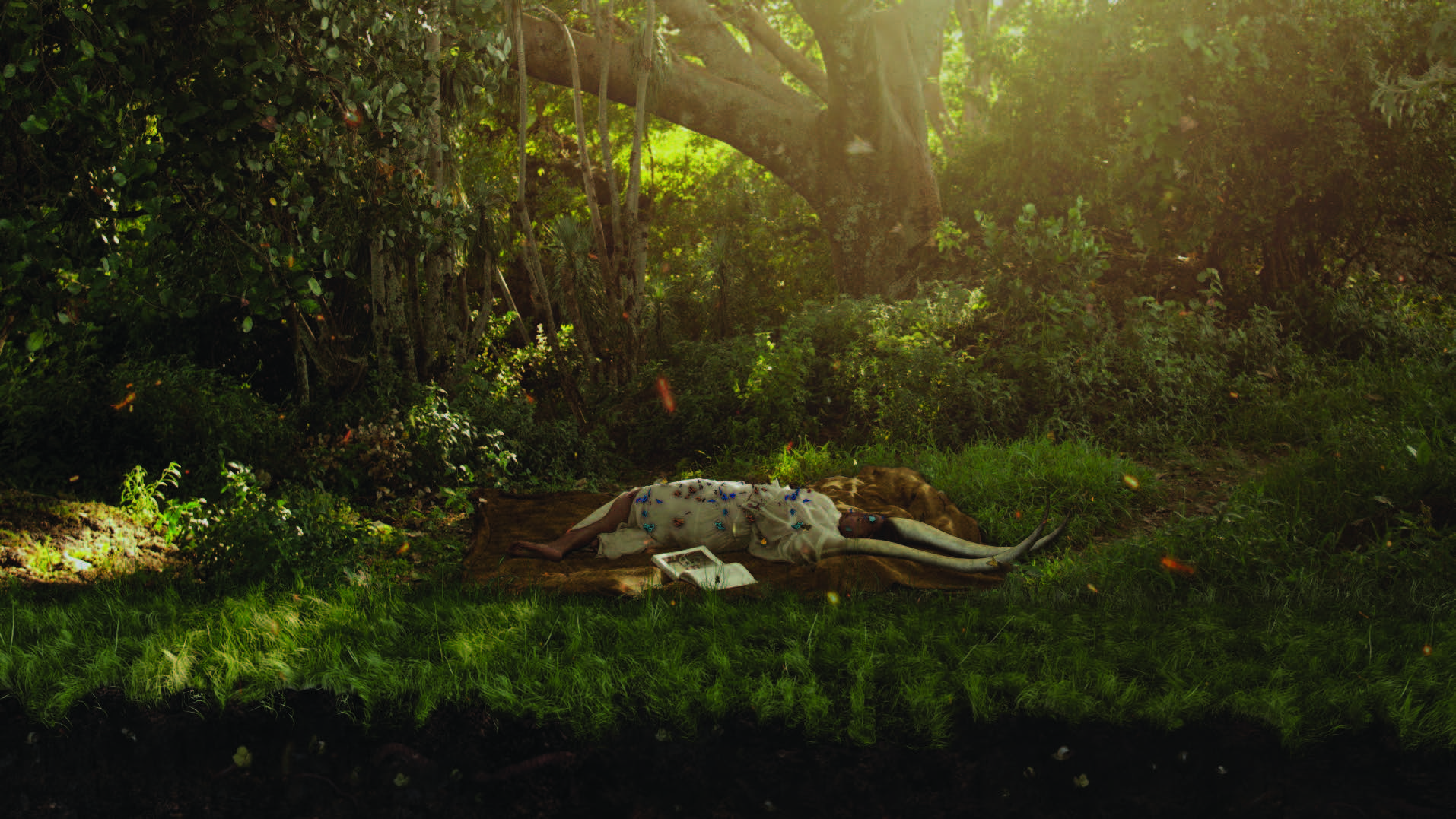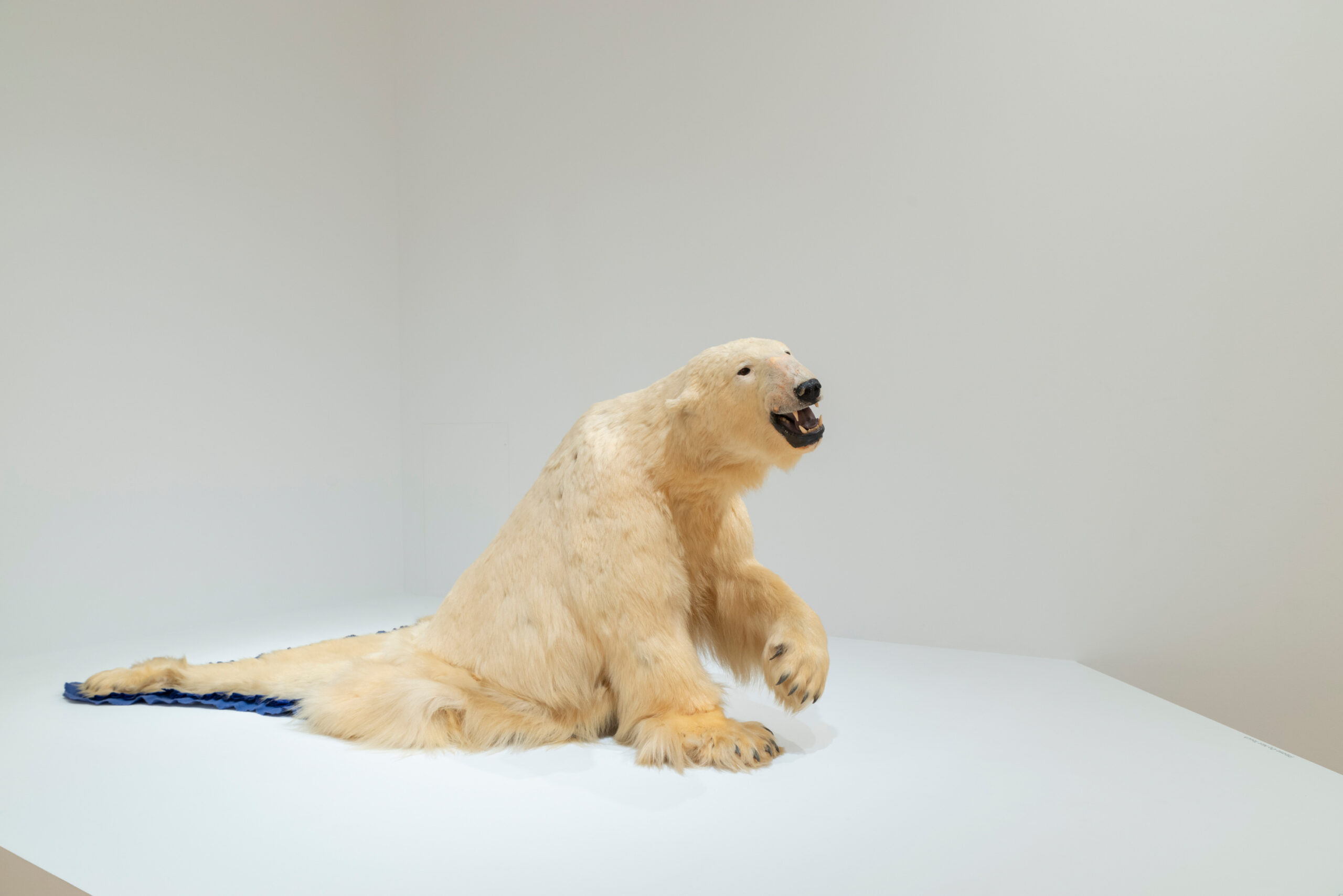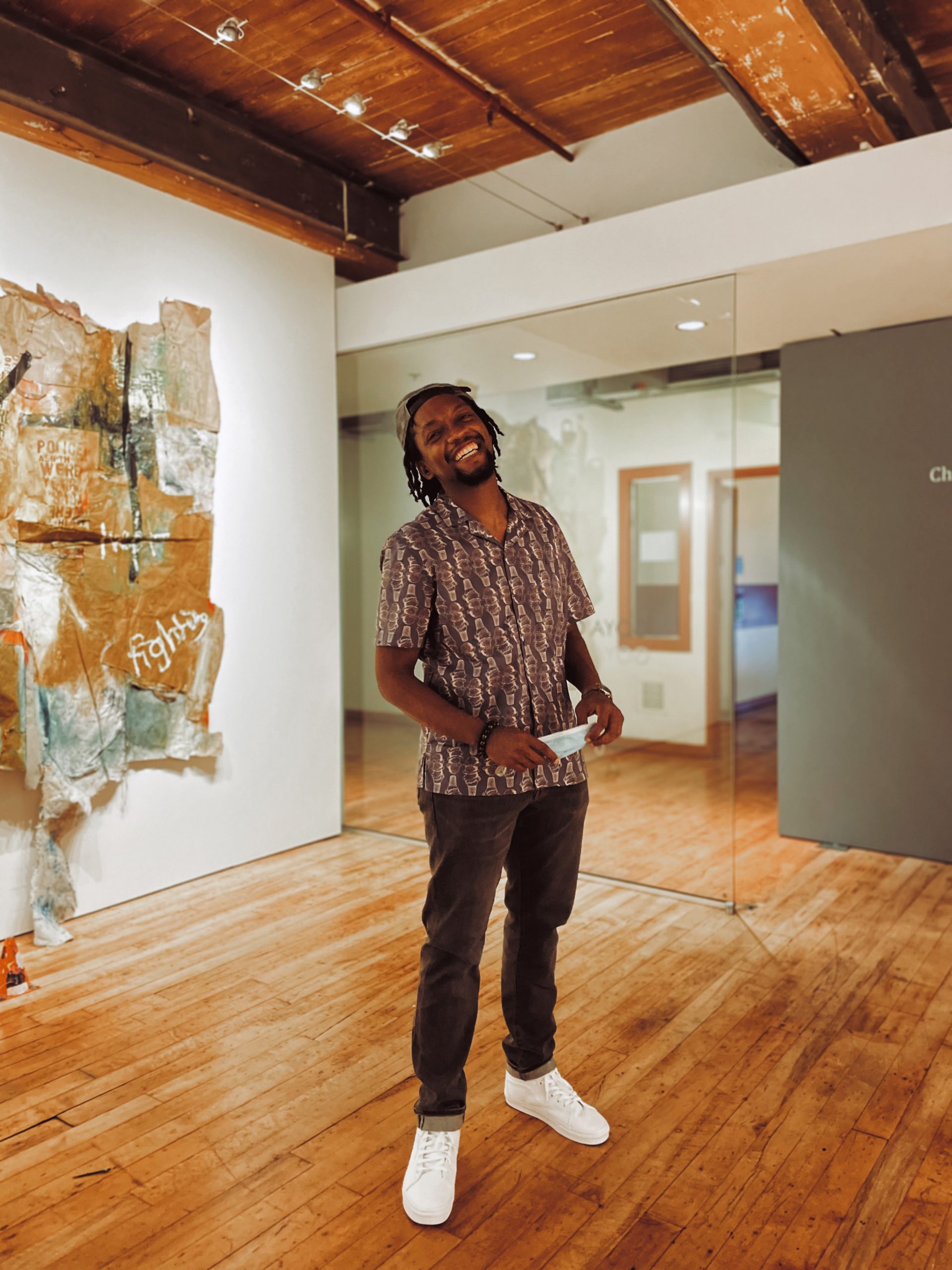
Mark di Suvero’s Sister Lu sits at the top of an incline in the BMA’s Ryda and Robert H. Levi Sculpture Garden. It’s a kinetic sculpture made with repurposed steel parts painted matte black. Railroad ties and metal beams collide, balancing the weight of a central sphere, accented in electric blue. Sister Lu is a visually imposing work that looks down on the lower garden’s acres, its clash of steel parts commanding attention from every angle.
Sister Lu’s flash of blue and majestic placement caught the eye of artist Charles Mason III. Mason, a graduate of the Pennsylvania Academy of the Fine Arts, found kinship in di Suvero’s ability to toy with tension, scale, and material.
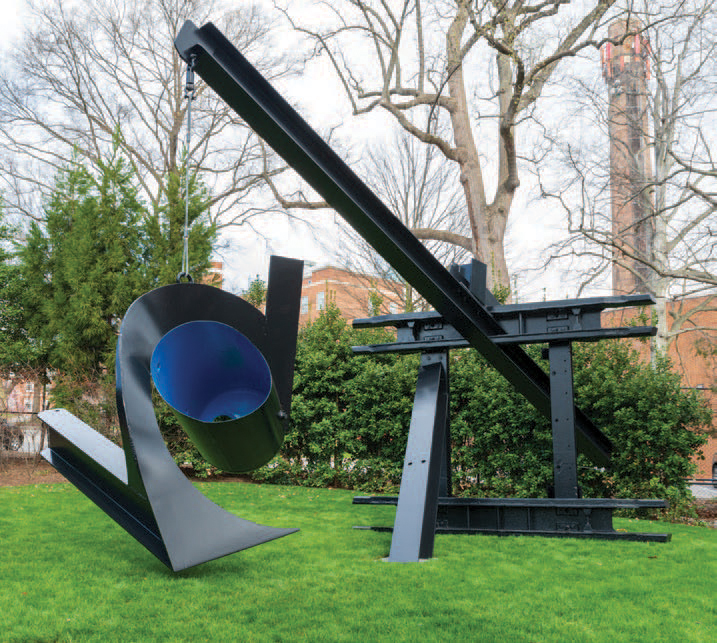
Constructed in the late 1970s, Sister Lu was named in honor of di Suvero’s sister, Marie Louise, who introduced the artist to creative expression. Di Suvero once described the sculpture as having “brushstrokes made out of industrial materials.” Mason, similarly, takes an unconventional approach to art-making.
The Baltimore native’s sculptural works made of paper incorporate photography, text, design, and found objects. His mixed media abstractions reel you in with bold colors and are intended to take up space, both within a gallery’s walls and in a viewer’s mind. “We could argue that di Suvero is a collagist,” Mason says. “I would argue that I’m also a collagist, working with 2D surfaces or 3D objects at any point in time.”
Abstraction, Mason says, is something that found him as an adult. It wasn’t until 2014, after graduating from college, that his primary source of inspiration began to take shape. Eighteen-year-old Michael Brown was shot and killed by police officer Darren Wilson in Ferguson, MO on August 9th of that year.
The resulting national outrage forced Mason onto his feet and out into the streets, protesting police brutality. The energy of this movement gave him the tools to better channel the message on his heart: the complexities of being a Black man in America.
“My work right now is about grief,” Mason said. “I’m trying to lead with love, but also understanding that I’m mourning and grieving the ways in which [Black] bodies are constantly being subjected to rules and regulations that we never created, never agreed upon. Whether it’s through police brutality, whether it’s through the Olympics, there’s always this oppression upon the Black body.”
Balancing grief with gratification is something di Suvero understood well. The artist found a sense of joy while creating Sister Lu after recovering from a severe accident in the 1960s—evidence that beauty and pain can coexist within a work of art and inspire generations to come; a legacy Mason hopes to leave.
“My biggest hope one day is that my nieces and nephews are in some random museum, and they say, ‘That’s my uncle.’ That to me would mean the work is doing what it’s supposed to be doing.”


